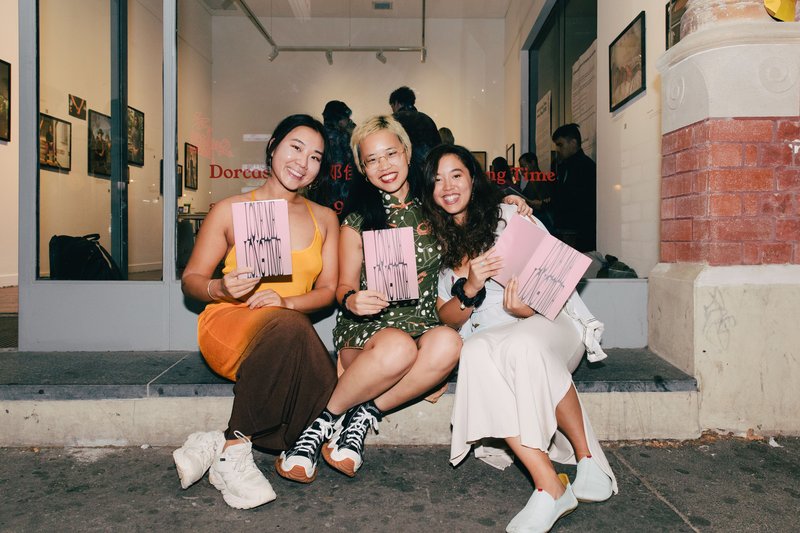Recent research by the Australian Council for the Arts showed that people from racial minority backgrounds are more likely than other groups in Australia to go to art shows and make art. Yet they are still notably underrepresented as artists, and in leadership roles in arts organisations. Racialised artists in focus groups also indicated feeling excluded from cultural venues and institutions.
Though there has been significant and necessary change in the arts community – and many calls for more, these statistics follow a long history of structural and cultural barriers that continue to harm marginalised artists.
Although there is legal protection for individuals who experience harassment or discrimination, structural issues and barriers in the arts sector continue to create challenges for marginalised people, including First Nations communities, underrepresented culturally and linguistic people, and those from migrant and refugee backgrounds. These challenges include, but are not limited to, racism, tokenism, cultural safety and exploitation.
What are the ways we can combat this in the visual arts sector? And who is responsible for ensuring the cultural safety of racialised communities?
The new section on Racial Equity and Representation by arts writer, lecturer, and curator Sophia Cai in NAVA’s Code of Practice (the Code), asserts that racial equity must be central to how we think about and engage with the arts in Australia. Developed through extensive research and consultations with members of the community, this section demonstrates different ways in which issues of racial equity might be present, and the responsibilities of both organisations and artists in addressing them.
The Code states that organisations have the responsibility to create spaces of cultural safety through open communication and consultations, robust anti-racism policies, and the creation of an Equity Action Plan. They should avoid tokenistic gestures and one-off, box-ticking transactions, and instead commit to long-term relationships. Artists also have a responsibility to ensure they are not representing and interpreting cultural material that do not belong to them, including avoiding cultural appropriation and stereotyping.
Different racialised peoples have different experiences in the workplace, and their needs will vary. Previous conversations about diversity and inclusion were often applied with a blanket statement, without real consideration of the nuances. Case studies in this section of the Code demonstrate these differences, with scenarios such as racial microaggressions and tokenism. While there is no single answer or template that can be used, the case studies offer an overview of the responsibilities and actions that one might take.
A significant feature of the section is an emphasis on how language affects our understanding of race and culture – and how language must be fluid and responsive to the needs of the community. Rather than using passive language, as reflected in the commonly used term ‘culturally and linguistically diverse (CaLD)’, the Code recommends using the active term ‘racialised’, which suggests that identities are a socialised and projected construct, rather than innate and fixed from birth.
It is important to remember that the Racial Equity and Representation section of the Code is not an established and official document. It is open to change, and acknowledges that change is a necessary step forward. Beyond legal protections, there is a social responsibility. Racialised artists and arts workers are tired of asking for a seat at the table — now is the time for all artists, employers and organisations to challenge structures and rebuild.







